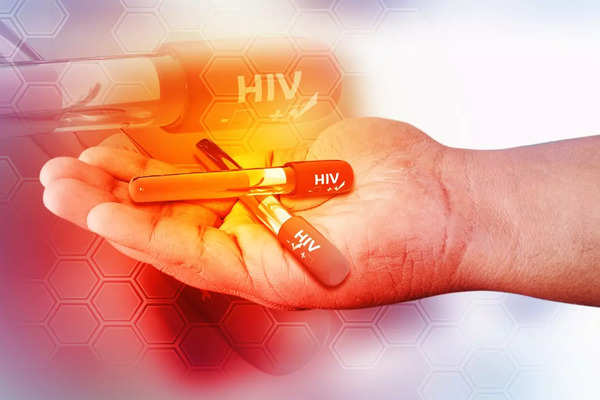World AIDS Day is celebrated every year on December 1 to raise awareness around HIV and AIDS (Acquired immunodeficiency syndrome), a deadly disease that is an advanced form of immune deficiency caused by HIV. People often use the terms HIV and AIDS interchangeably, but they are not the same. HIV (Human Immunodeficiency Virus) is the virus that can lead to AIDS if left untreated. According to the CDC, there is no cure for HIV, but HIV treatment can reduce the amount of HIV in your body. With proper management of the disease, healthy lifestyle choices, medication at earlier stages, HIV can be prevented from turning into AIDS. All you want to know about the difference between AIDS and HIV.
What is HIV?
HIV (human immunodeficiency virus) is a virus that attacks the body’s white blood cells and weakens the immune system, our army that battles all kinds of infections. In the absence of sufficient white blood cells, a person becomes more vulnerable to other illnesses and diseases including tuberculosis, infections, and some cancers.
How it’s spread: HIV is spread by contact with certain bodily fluids of a person carrying the infection. While unprotected sex, sharing injections, breast milk, semen, and vaginal fluids can all put one at risk of getting infected, the disease is not spread by kisses, hugs, or sharing food. However, it can be spread from a mother to her baby.
Can HIV be prevented? HIV can be prevented and treated with antiretroviral therapy (ART). Untreated HIV can progress to AIDS, often after many years.
ART or antiretroviral therapy works in a way that it reduces the load of HIV in the body and may prevent HIV from turning into the much-dreaded AIDS that often leaves people on deathbeds.
There are two types of HIV treatment: pills and shots. Most people can get HIV under control within six months. HIV treatment prevents transmission to others and helps you stay healthy.

Signs and symptoms
The symptoms of HIV change with the stage of infection. HIV spreads more easily in the first few months after a person is infected. In the first few weeks after being infected people may not experience certain symptoms. Others may have an influenza-like illness including fever, headache, rash, and sore throat. As the infection grows and attacks the immune system, it can aggravate into signs and symptoms like swollen lymph nodes, weight loss, fever, diarrhoea, and cough. Advanced disease symptoms include tuberculosis (TB), cryptococcal meningitis, severe bacterial infections, and cancers such as lymphomas and Kaposi’s sarcoma
What is AIDS
If someone develops AIDS, it means they didn’t start the treatment at an earlier stage and now their body’s immune system is severely damaged. AIDS is the advanced stage of HIV infection when the number of CD4 cells or helper T cells or T lymphocytes, falls below 200 cells per cubic millimeter of blood (200 cells/mm3) or they develop one or more opportunistic infections regardless of their CD4 count.
Without treatment, individuals with AIDS typically live about three years. If a severe opportunistic illness develops, life expectancy without intervention drops to roughly one year. Starting HIV medication, even at this advanced stage, can be life-saving and significantly improve health outcomes. However, initiating treatment early after an HIV diagnosis offers greater benefits, underscoring the importance of timely HIV testing.
Symptoms of AIDS
Common signs of AIDS include persistent fatigue, unexplained weight loss, and long-lasting fevers exceeding 10 days. Swollen lymph nodes, particularly in the neck or groin, are also frequent. Some individuals develop purplish spots on their skin that don’t fade, indicative of Kaposi’s sarcoma, or experience severe night sweats. Neurological symptoms such as confusion, memory loss, seizures, and vision changes may arise as the condition progresses. Other signs include chronic diarrhea, shortness of breath, recurrent yeast infections in areas like the mouth, throat, or vagina, and unexplained bruising or bleeding. These symptoms signal advanced immune system decline and require immediate medical attention.
Role of HIV medication in preventing AIDS
If a person takes HIV medication as prescribed and adopts healthy lifestyle changes, their viral load can become so low that a standard lab is not able to detect it. This is called having an undetectable viral load. They can live a long and healthy life and will not transmit HIV to their sex partners.


